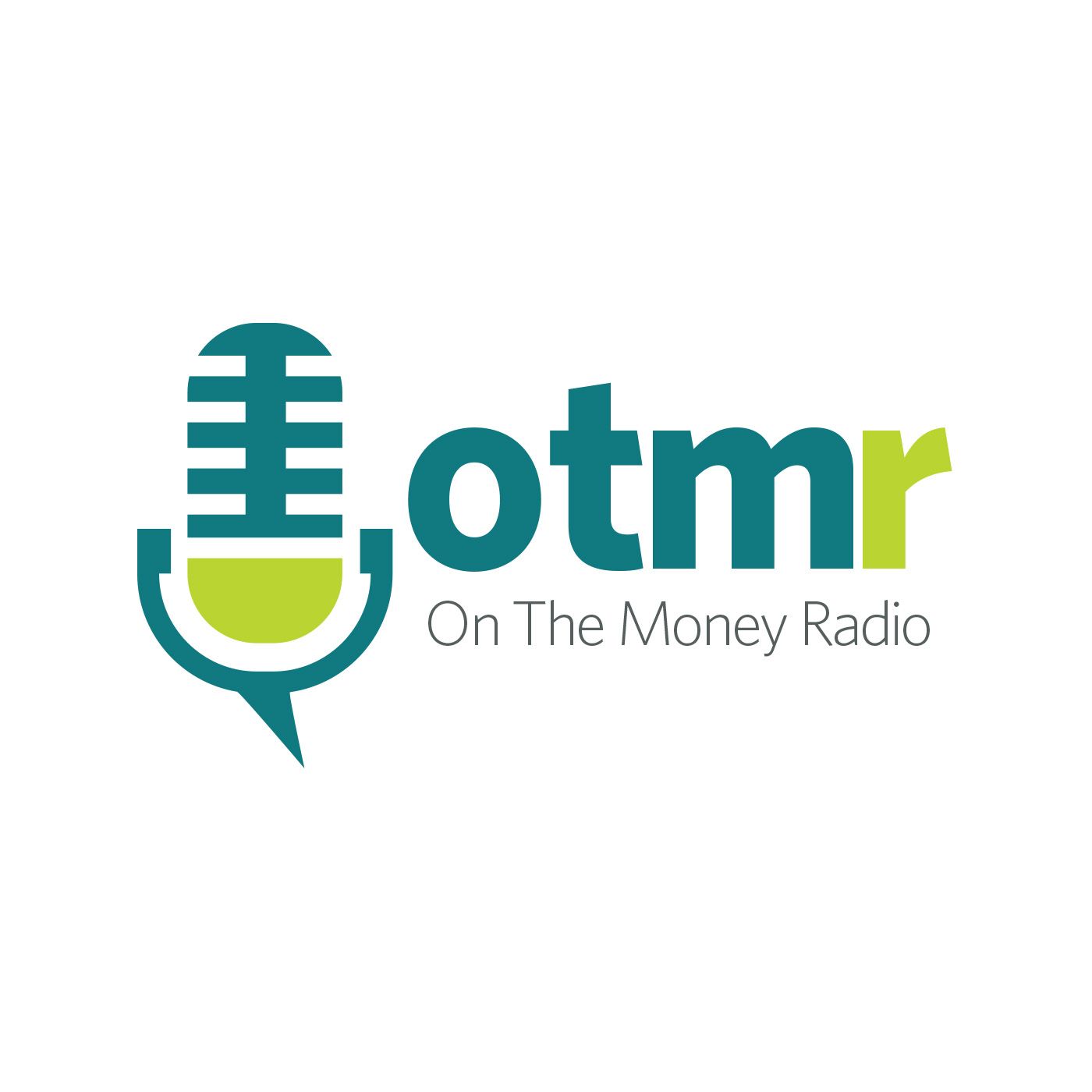This Type Of ETF Could Make You Rich

b'With Gary Stroik, Chief Investment Officer at WBI Funds
Among investment choices, there\\u2019s still a lack of knowledge on the ETF or Exchange-Traded Fund despite their stellar success over the past 25 years since their founding (with over $2 trillion in assets across 1,400 ETFs at the end of 2014). ETFs should be a core component of every portfolio, so it\\u2019s important that investors know more about them. ETFs are virtually like mutual funds except that they trade all day long and can be bought and sold with the liquidity of regular stocks.
An illustrative downside of mutual funds is that your price is as-of the end of day. So if you place your mutual fund sell order in the morning and the market crashes (think 20% market crash in October 1987), you could end up receiving a much lower price for your mutual fund than you expected. Such is not the case with ETFs because you can buy and sell them virtually instantaneously.
ETFs also offer significant tax advantages and don\\u2019t leave you holding the bag for others\\u2019 gains and losses \\u2013 in some instances owing capital gains taxes on mutual funds that you sold for a loss. Another key difference is the active versus passive management feature of mutual fund versus ETF. Mutual funds are typically actively managed whereas ETFs typically follow an index without any judgment call by the fund manager \\u2013 so you also end up paying a lot less in fees and expenses with ETFs relative to mutual funds.
So despite all the bad rap that Wall Street gets, the ETF was actually a very useful innovation. But Wall Street now has a \\u201csmart beta ETF\\u201d \\u2013 with beta measuring the correlation between two things. So a beta of 1.0 exactly mimics an index whereas the beta rises above 1.0 if the security has higher volatility than what it\\u2019s being compared to.
Stroik also walks us through how stock indexes are structured, weighing the index based on their market capitalization \\u2013 so Apple, Google, Microsoft, Exxon Mobil and Berkshire Hathaway make up a disproportionate 11% of the weight of the S&P 500 \\u2013 so an index does not necessarily give you the diversification you want. So traditional ETFs that mimic an index may not be good enough\\u2026 and this is where smart beta ETFs come into play \\u2013 and slice and dice indexes to correct for some of their biases.'